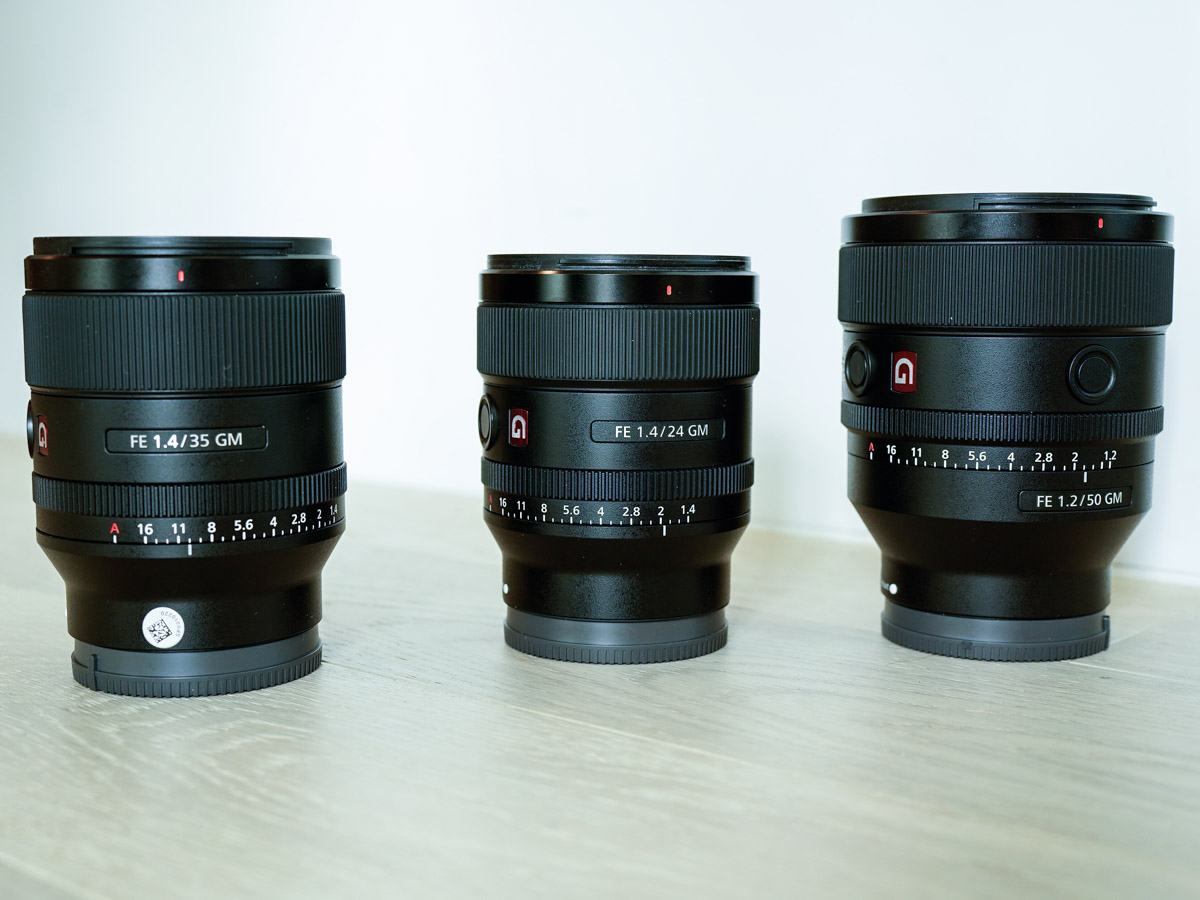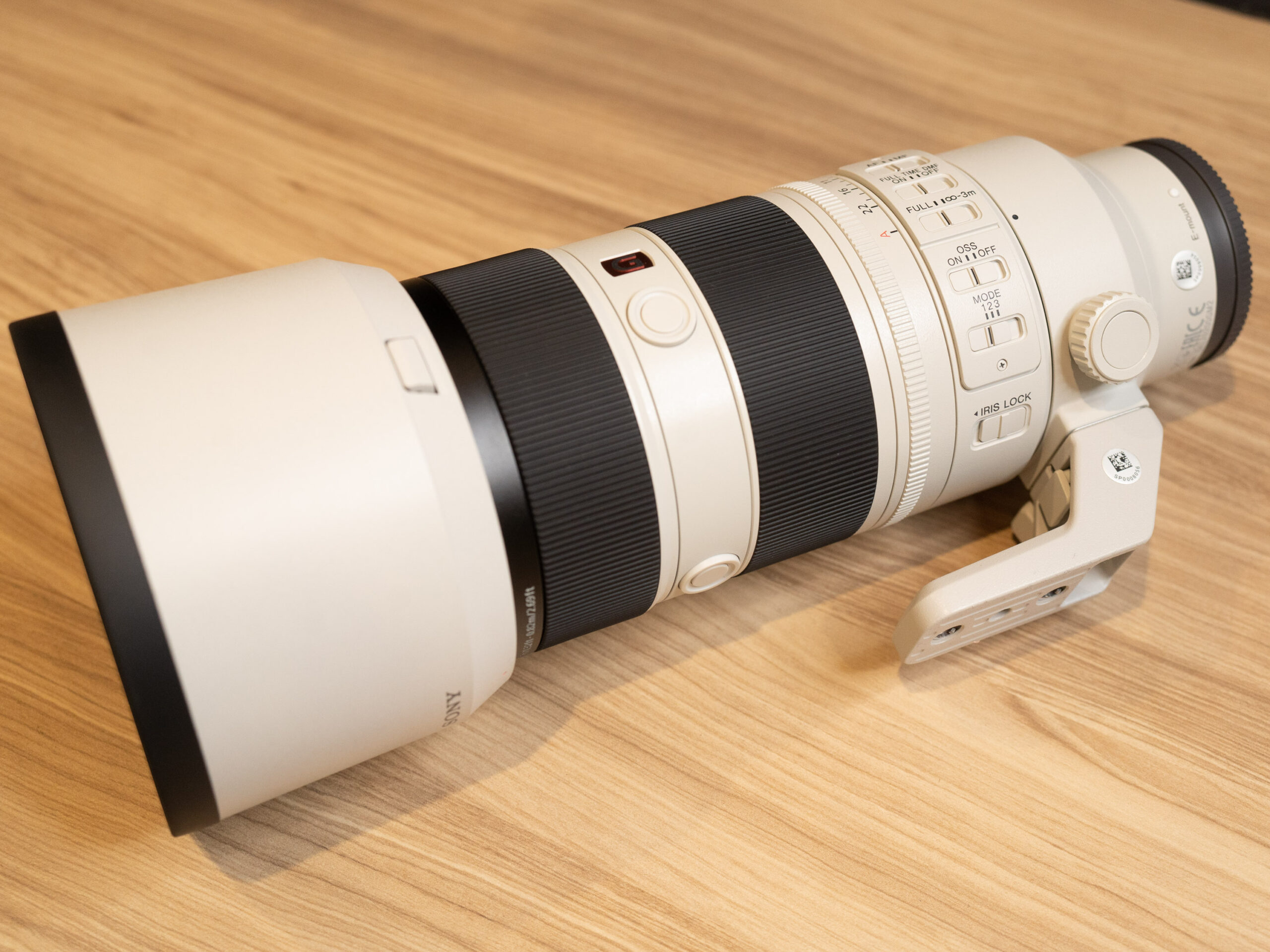
When it comes to choosing a camera, it’s not too hard to figure out what are the must-have specs to suit your needs. Lenses, on the other hand are a bit more enigmatic. Today I’m hoping to simplify and demystify things as much as I can and help you understand how to choose a new lens in 2022.
Kit lenses
Consumer cameras generally come as a kit with a zoom lens included, and while the quality of these lenses has improved in recent times, they still have some limitations which prevent us from getting the full potential out of our cameras. I would go so far as to say that if you want to shoot like a pro, think more about your lens choice than you do about your camera choice. Camera sensors nowadays are excellent, pretty much across the board, and in the right hands, and with the right lens, will capture amazing images. You can certainly upskill to the point where you are making good images, but in order to take things to the next level, consistently, then you really need to upgrade your lenses.
Brand considerations
When choosing a new lens, you can of course play it safe and stick with the brand of camera body you are using, but this is not your only option. But before I get into that, let’s talk about mounts. The mount refers to the physical connection between camera and lens, and almost every manufacturer has one or more proprietary mount systems. For example, Canon has three mount types: EF, EF-S and EF-M. An EF lens will work on a full-frame Canon DSLR or an APS-C format DSLR, while an EF-S will only on an APS-C format DSLR. EF-M lenses only work with Canon’s mirrorless cameras. So before you get too attached to any lens make sure the mount type is compatible.
Going off-brand
If you’ve got a camera from a well-known brand, like Canon, Sony or Nikon, you’ll be spoiled for choice when it comes to lenses. Not only can you choose from a host of on-brand lenses, you also have the option of going off-brand. There are a number of lens makers who have carved out a decent niche for themselves producing excellent alternatives to the big brands. For example, Sigma and Tamron are very highly regarded manufacturers who are well worth considering, as you may be able to score a lens with excellent specs at a great price. Again, just be sure to choose a lens with the right mount type.

Lens adapters
There is also a third option to consider: using adapters to allow interoperability. Some shooters believe firmly that Canon make the best lenses, but prefer the functionality offered by Nikon or Sony cameras. They use an adapter to allow them to mount their preferred lenses onto their camera bodies. If this is a route you decide to go down, be warned that the autofocus feature may not work, so do a little research before you go all in.
A lens for every occasion
It’s important to know the benefits and limitations of every type of lens so that you can make the right choice. The kit lens that comes with your camera for example, will likely have an unremarkable maximum aperture, usually f/3.5-5.6. This is ok for well-lit situations where you want most of the scene in focus. However, if the light is low then you may have to pump up your ISO and get grainy images with lots of digital noise. Or if you’re hoping to make portraits with those dreamy, blurred out backgrounds, well, you’re out of luck. You’ll need something with a maximum aperture of 1.2 to 2.8, and the most affordable way to get a lens with a wide maximum aperture is go with a prime lens. A prime lens is essentially a fixed focal length lens, as opposed to a zoom lens. While that might sound like a disadvantage, you’ll find that prime lenses are often much more compact and portable than zoom lenses. They also produce sharper, cleaner images than a comparable zoom because they carry less optical elements. I always advise people to first of all add a 50mm lens to their kit, as this is a great all round lens, followed by a 35mm—great for candid shooting, and an 85mm—perfect for portraits and headshots. If you’re into shooting architecture or real estate, you might need something wider like a 24mm.
Nature and wildlife
The single most popular reason to pick up a camera is to shoot nature and wildlife, so I want to give special mention to this particular niche. Landscape photography is best shot with a wide angle lens like a 16-35mm zoom, or a prime lens somewhere in that range. A wide maximum aperture is not a concern because you’ll probably want to get as much of the scene in focus, and this means shooting at f/11 or higher. If wildlife is your thing, you’ll likely need a telephoto lens which will allow you to get close up images from a safe distance. A 70-200mm lens is great option that also works well for weddings and portraits. However, if you’re really serious you might look into a super-telephoto lens.
Macro photography
Macro photography is another area that many photographers are passionate about. It opens up a whole new world of interesting possibilities, including the possibility of creating an indoor studio with pretty basic equipment. You will require a special macro lens however, and probably a tripod too.
Best all-round lens
If you’re absolutely dead set on finding the best all-round lens, then you’ll probably find that a 24-70mm f/2.8 is the one. It’ll allow you to get good wide-angle shots but also good portraits. Portraits shot at wide angles suffer from a sort of fish-eye, bloating effect which is not flattering, so try to shoot at focal lengths of 50mm and above, although the sweet spot is 85mm. Aside from the dreamy, blurred-out backgrounds (also know as the Bokeh effect), a wide maximum aperture also allows in more light, which is a big advantage in low light situations. Finally, remember that more expensive lenses do not just give better image quality, they are also better built, and sometimes even weather proof.
I hope I’ve given you some useful information and you’re feeling feeling a little more confident about choosing your next lens. Be sure to check out the full range of lenses available at BestBuy.ca!



